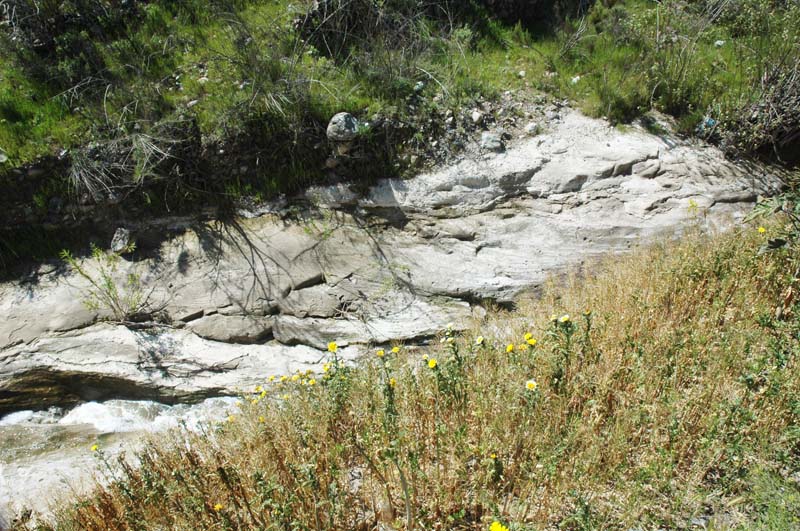|
The natural function of rivers is to carry the sediments and dissolved solids to the ocean. Humans interfere with this function as they
utilize the water resources of the Earth, often without realizing that the water is already committed by
Nature as a carrier of sediments to their ultimate destination.
To help us understand this process, we examine Lane's principle of fluvial hydraulics: 1
in which Qs = sediment discharge, d = particle diameter [sediment size], Qw = water discharge, and S = slope of the stream. Although qualitative, this relation is extremely useful in sedimentation engineering because it links together four of its most important variables. Since, by definition, sediment concentration is: Lane's relation could be interpreted as Cs being directly related to S and inversely related to d: where, in general, a and b remain to be determined (Ponce, 2008). According to Lane, an increase/decrease in any of these variables will trigger a corresponding change [increase or decrease] in one [or more] of the others, until [a new] equilibrium is established.
Lane's principle is applicable wherever any of the four aforementioned variables is subject to change. For instance, if water is taken out of a river [through a diversion], a new equilibrium will establish itself in the downstream river. Likewise, if only sediment is taken out [with a sediment retention basin], the "hungry water" flowing downstream of the retention will seek a new equilibrium, usually through additional erosion, either downcutting or bank caving, depending on local conditions. Thus, geomorphological adjustments are the net result of changes in water and/or sediment discharge. 1 Lane, E. W., 1955. The importance of fluvial morphology in hydraulic engineering. Proceedings, American Society of Civil Engineers, Vol. 81, Paper 745, July. | ||
|
